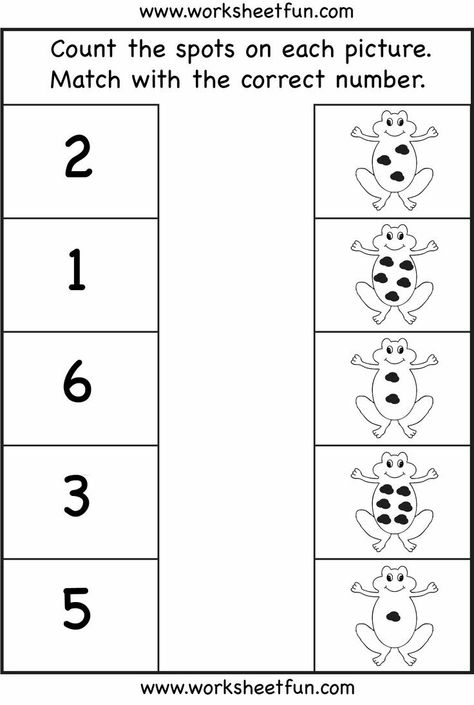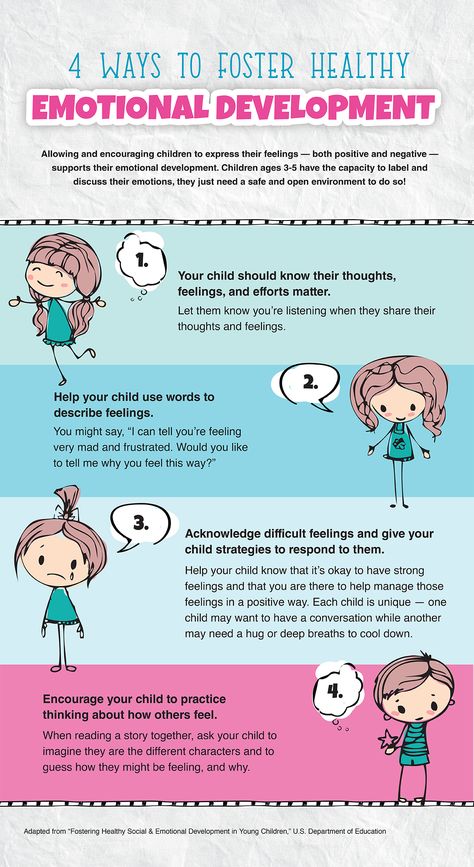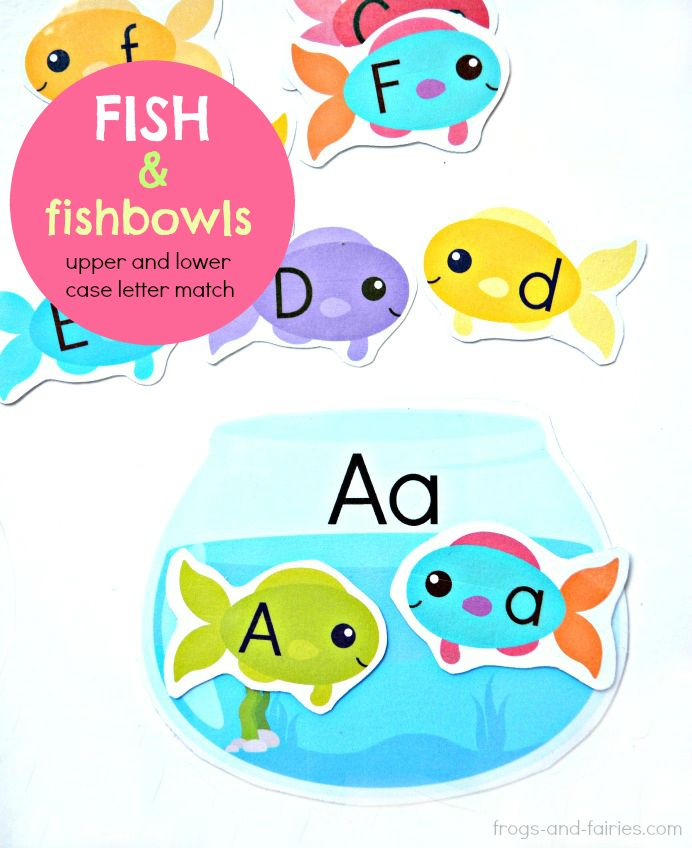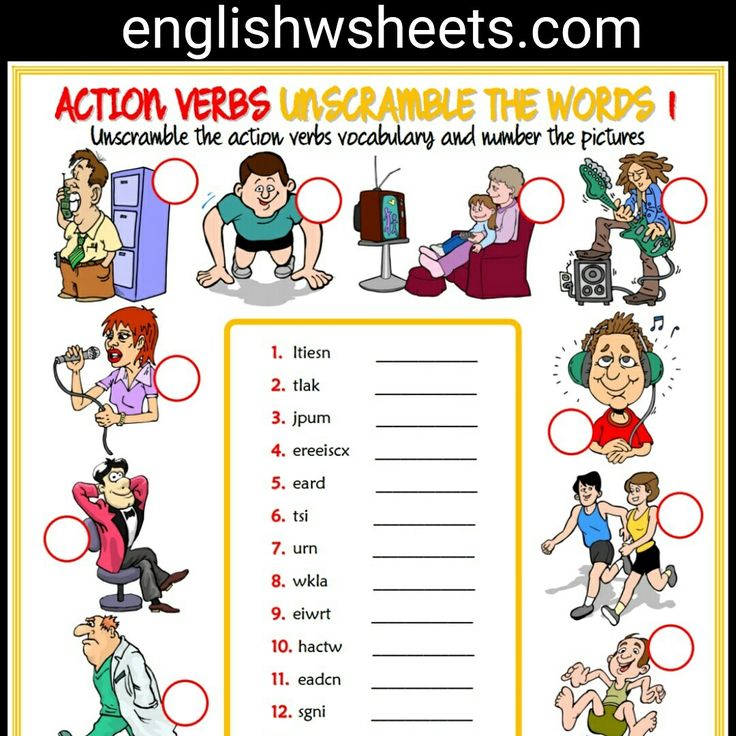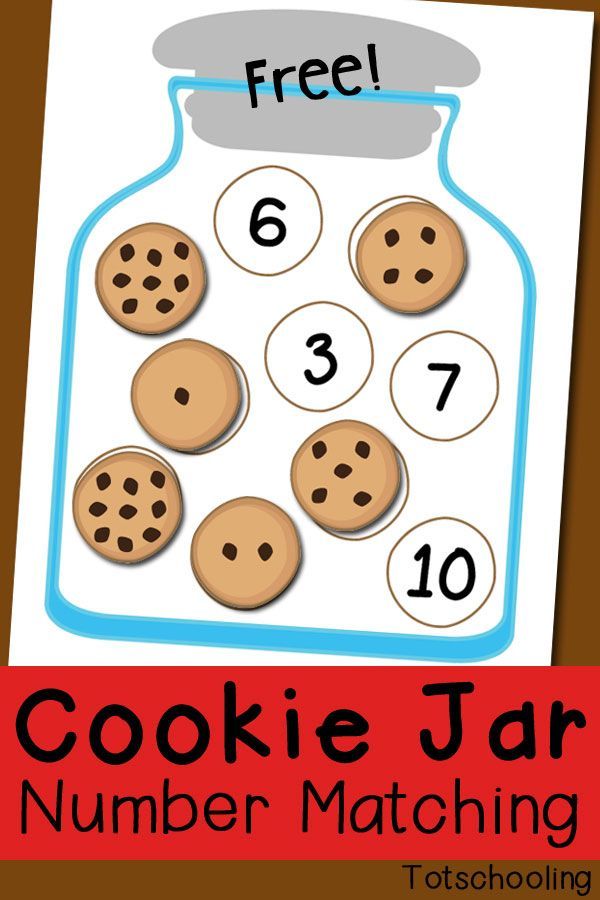Counting numbers for preschool
How to teach toddlers and preschoolers to count, and learn their numbers
While the concept of numbers being associated with quantity can be hard to grasp at first, children are actually quite good at learning these initial math skills. They just need a little bit of help, and fun, to get them going. Eventually, the knowledge builds upon itself, much like language. So, how do we teach toddlers and preschoolers to count and learn their numbers in the first place? That’s what we’ll discuss in this article.
Teach numbers and counting with pre-number theories
The concept of quantity is all around us. Everywhere we look, one object is bigger than another object. Or, there are more peas than carrots on our plate. Some blocks are square and some are rectangular. Blocks can stack to grow a tall tower. A balloon can get bigger when more air is added to it. This is all mathematics in real life.
When a child is in the toddler stage, you can begin teaching numbers by emphasizing, verbally, that some things are big, and some are small. You can also hold up a stick and say, “it is very tall, it is bigger than this stick!”
Kids can see that obviously, there are differences between quantities and size. But putting a name to those quantities and sizes is what comes next. That takes learning concrete symbolism for numbers and counting.
Teach toddlers to count by making numbers fun to learn
In a way, we are talking about memorization techniques here. And, while flashcards with numbers on them, and dominoes with dots on them, can be helpful, we are not talking about sitting a toddler at a desk and asking them to learn by listening carefully. Children learn through play. Even better, when they can manipulate and touch objects while learning, their memory of those concepts can be strengthened. This is called kinaesthetic learning, or tactile learning.
So, how do we make counting fun for toddlers?
Play games! Sing songs about numbers! Just like we learn the alphabet song to memorize the alphabet in a fun way, we can also sing songs about counting.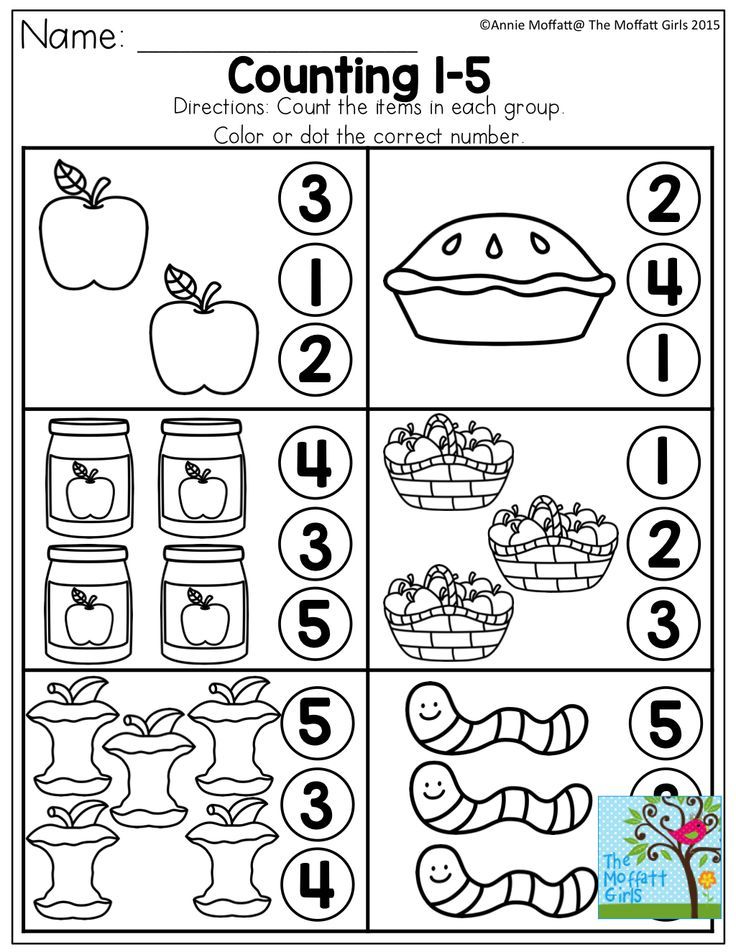 “One, two, buckle my shoe” and “5 little monkeys jumping on the bed” are definitely relevant here. YouTube will have plenty more songs and ways to teach numbers to children.
“One, two, buckle my shoe” and “5 little monkeys jumping on the bed” are definitely relevant here. YouTube will have plenty more songs and ways to teach numbers to children.
During story time, before bed, you can also play a simple game of ‘repeat after me.’ Ask your child to repeat the word, “one,” then “two,” then “three” and so on. Keep doing this until they learn that there is a pattern to be followed.
Next, try to switch turns saying the numbers. You say, “one,” and then pause and say, “what’s next?” At first, they may not know, because they may not have understood that this fun game is about remembering. But eventually, they’ll get the queue to say “two” after one, and “three” after two, and so on. They may also go out of sequence, but you can correct them by saying the right number, if they skip one or two.
At this point, they are learning random words through memorization. The idea that these words have to do with quantity may not sink it yet.
Start with small increments of number memorization with toddlers
And important note here: don’t expect your child to reach 10 by starting with 10 numbers to memorize.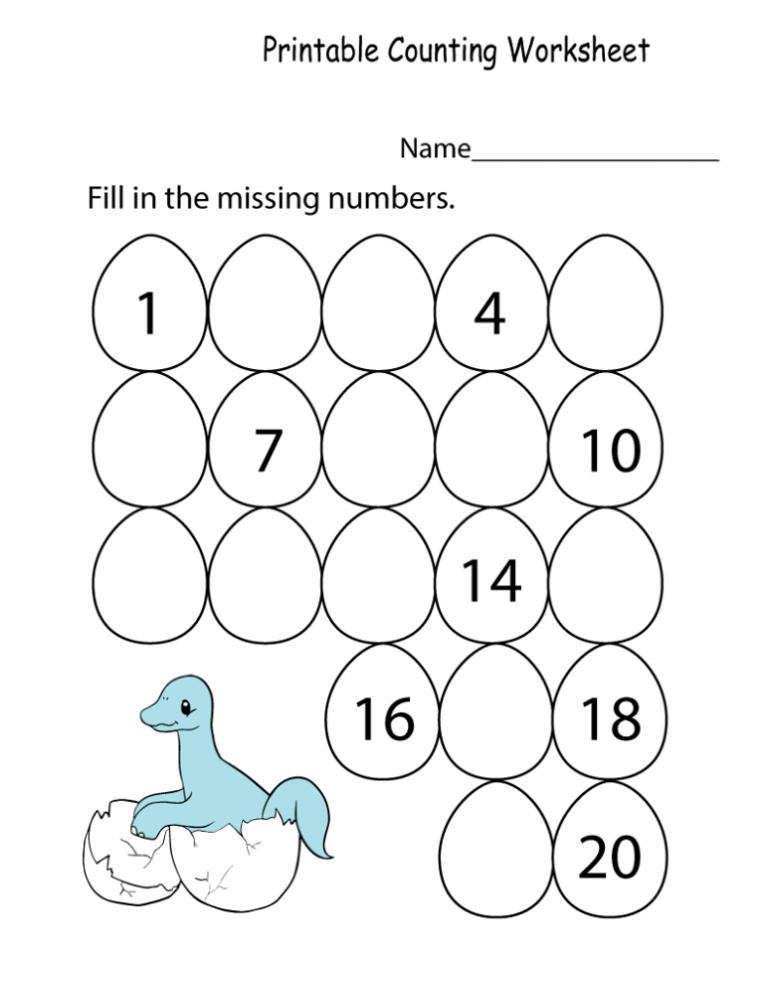 That’s too hard for a two or three year old. Instead, start with “one, two, three!” You can keep saying this as though it’s a common phrase. They may even repeat with “one, two…” and that’s ok! You can make “three” the big ‘celebratory’ number. Clap and say, “threeeeee!”
That’s too hard for a two or three year old. Instead, start with “one, two, three!” You can keep saying this as though it’s a common phrase. They may even repeat with “one, two…” and that’s ok! You can make “three” the big ‘celebratory’ number. Clap and say, “threeeeee!”
Then, you can move on to “four, five,” and so on.
Teach 2D representations of numbers to toddlers and preschoolers
What do we mean by 2D representations of numbers? This is basically writing out numbers on paper, or using flash cards. Let preschoolers see the written number 1, and understand that when you say, “one,” and they say, “one” that it is referring to that graphical character. Then likewise with 2, 3, 4 and so on.
You can also draw dots next to the numbers, or use dominoes or dice, to show children that numbers also relate to quantity.
You’ll notice children’s counting books use this same method. Except, instead of dots, they’ll show pictures of say, two apples, three flowers, four friends, and so on.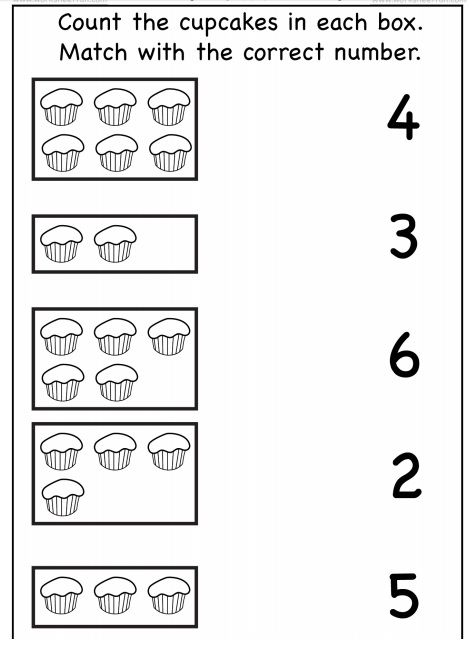 This also helps children with language development, vocabulary, and the association between quantity and numbers.
This also helps children with language development, vocabulary, and the association between quantity and numbers.
Read these types of early learning books to children every day. In a gamified and storyful way, you can ingrain the thought that printed numerals, verbal words and quantities of objects are all related to each other.
The human mind is amazing. You won’t need to do much explaining of how this works. Children will pick up patterns, and learn to repeat, until they ‘get it’ by ‘doing.’ Just remember to make it fun, so they’ll want to!
Mix up sequences and patterns to teach individual numbers to preschoolers
When a child has a grasp on numbers, and is fairly confident about saying them in order (typically up to 10), you can start with a few ‘tricks.’ There are plenty of workbooks and worksheets to help with this. They will display a set of numbers in random order. Ask your preschooler, “where is number seven?” You can help them search the page, or point to the wrong one and say, “is that number seven?” If they say, “yes,” you say, “nooooo” like it’s a silly game.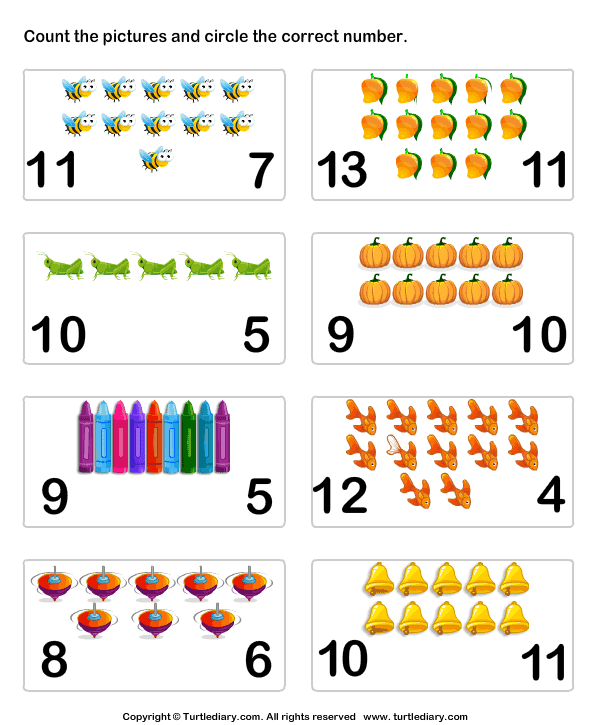 Then ask again by pointing to another, “is that number seven?” and repeat until they get it right. When they get it right, you give them a, “yaaaay! Good job!” and a high five.
Then ask again by pointing to another, “is that number seven?” and repeat until they get it right. When they get it right, you give them a, “yaaaay! Good job!” and a high five.
Come back to this activity as they learn to counter higher and higher.
Constantly count physical objects with children to teach numbers
Finally, when you’re with your toddler, like with all lessons, try to apply them in real life. When playing with blocks, stack them and count, while pointing, “one, two! That’s two blocks!” When you cut up little banana pieces for a toddler, show them their plate and count the pieces (obviously don’t count higher than they’re able to understand). You can say, “there are three pieces left! One, two, three” and point while you count them.
You can do this by lining up pebbles in the park, or by counting shoes when putting them on, and so on. Make counting part of their thought process, so they begin to recognize quantity. They should be able to understand beyond just ‘more’ and ‘less’ or ‘big’ and ‘small,’ and so on.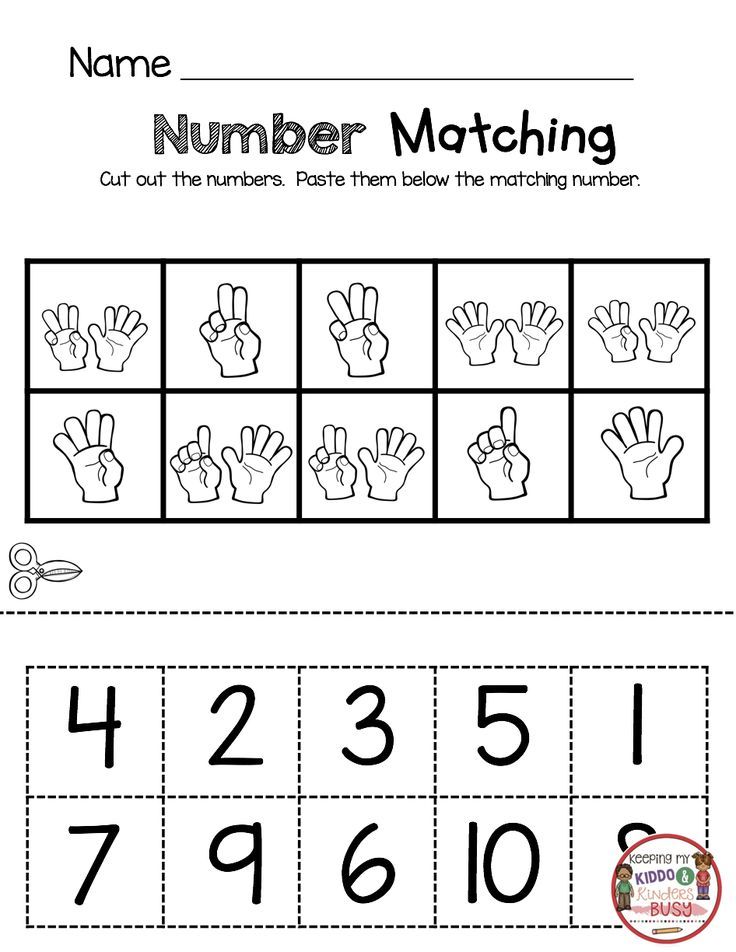
To conclude: teach toddlers and preschoolers to count by actively bringing numbers into their lives
Children can learn to count at around age 2. Of course, some cases will always be different (either earlier or later). But to gauge a good age at which to start introducing numbers, you can start when they are toddlers. Don’t expect to make big strides at first, of course. They’re still taking in a lot at that age. Letters, numbers, objects, words, sounds, sensations – they’re absorbing it all, and rapidly, too.
But by making numbers part of the ‘norm’ in their lives, such as by playing, singing or pointing out quantities, you can teach counting in early childhood fairly easily. That way, by the time they enter preschool or kindergarten, children can have a base to built upon more advanced math skills.
For more on teaching young children how to count, see these resources (we’ve used some of them to inform this article):
- https://en.wikipedia.
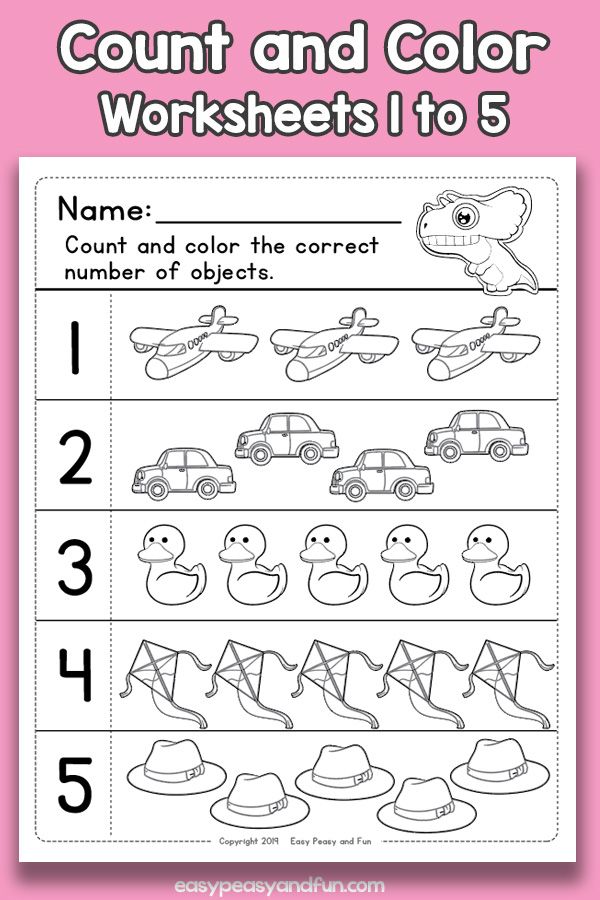 org/wiki/Kinesthetic_learning
org/wiki/Kinesthetic_learning - https://www.wikihow.com/Introduce-Numbers-to-Kindergartners
- https://www.themeasuredmom.com/counting-books/
- https://www.parentingscience.com/preschool-number-activities.html
- https://www.parentingscience.com/preschool-math-lessons.html
- https://www.allkidsnetwork.com/preschool/teach-numbers.asp
- https://sciencing.com/use-montessori-methods-teach-counting-4530551.html
- https://www.scholastic.com/teachers/articles/teaching-content/early-math-how-children-learn-about-numbers/
Plus, see related posts on our blog:
- How to teach colours to toddlers and preschoolers
- 5 Easy ways to teach the alphabet to preschoolers
- 5 Simple ways to teach preschoolers phonics basics
- How to teach digraphs to preschool children (6 ways)
- 8 Ideas to teach preschoolers about money management and why it’s important
- Ideas for teaching shapes in preschool and daycare
40 Awesome Number Activities for Preschoolers
You are here: Home / Activities / Learning / Math & 123s / 40+ Awesome Number Activities for Preschoolers
27 Apr
Math & 123s
PopularPreschoolersCounting
Numbers
Resources59 Comments
SHARE POST
Number activities for preschoolers don't have to be boring and just worksheets, make them fun so your preschooler will love math!
I love math.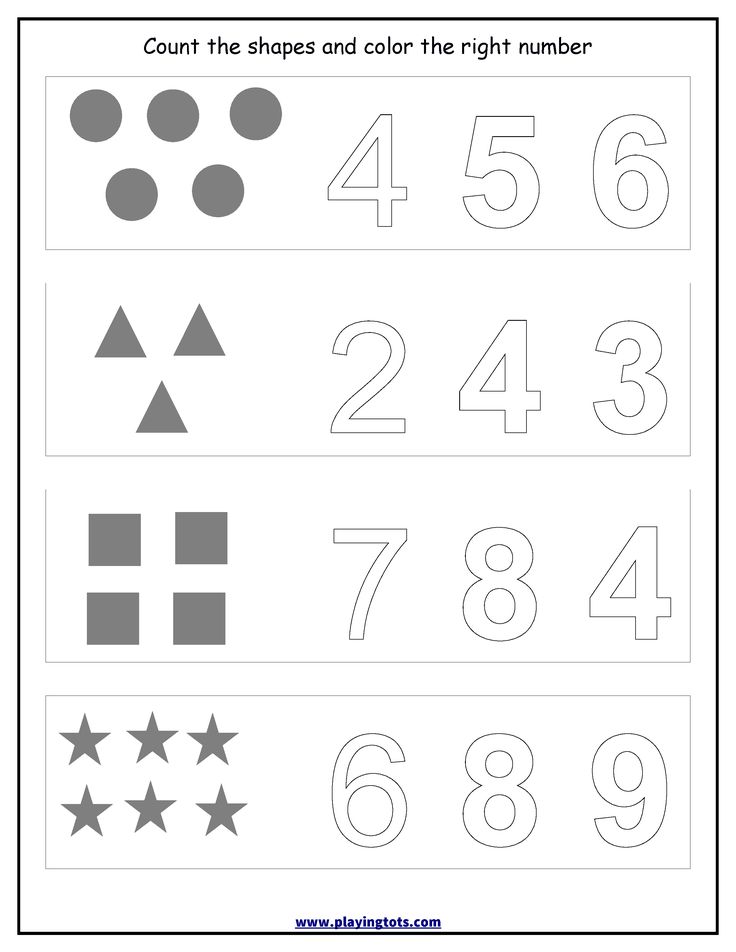 I’m a nerd, yes. But I love anything to do with numbers.
I’m a nerd, yes. But I love anything to do with numbers.
I really do hope I can pass this along to my kids by making learning activities about numbers and counting fun for them and not a chore.
As I’m typing this, Henry’s shouting excitedly as he’s counting how many things on his sprayer…though I’m not really sure what he’s counting exactly. He made it to 39 though!
Because I’m a huge math nerd I searched for easy and fun number activities for preschoolers.
My Favorite 40+ Number Activities for Preschoolers!
Try these activities to help preschoolers learn their ABCs!
Recognizing Numbers Activities for Preschoolers
Identifying numbers can be a learning experience for preschoolers (and younger!). Many of the ABC recognition activities can also be adjusted for numbers.
My kids love these 12 number activities for preschoolers to recognize numbers.
- Turn a number into sensory art – perfect for the 100th day of school!
- Go on a hunt for numbers and match it with the same number!
- Follow a number from start to finish in a maze.
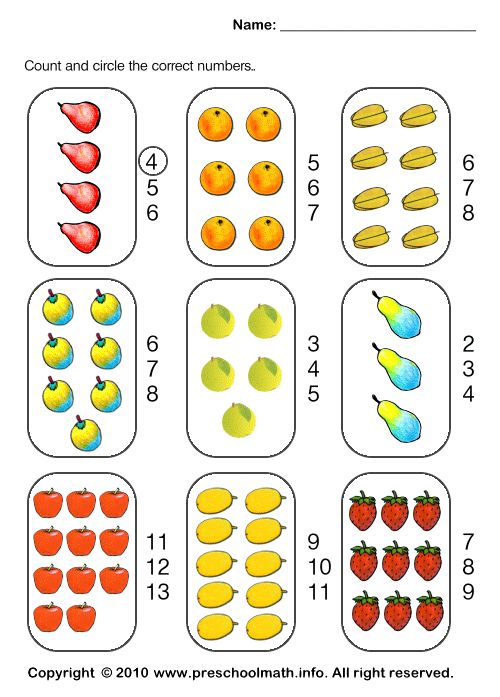
- Trace numbers, really big!
- Little Family Fun created a parking lot with numbers.
- Pop! Find the number and pop it!
- Find and match playing cards.
- Have target practice with water balloons and numbers, like Motherhood on a Dime
- Make art! Do this paint by number canvas art.
- Use stickers and printable number cards to play hide and seek, from Teach Mama.
- Draw and paint over numbers with q-tips, like Toddler at Play!
- Clip and match with giant numbers from You’ve Got This Math!
Activities for Number Recognition
Counting Activities for Preschoolers
Learning there’s a sequence to the numbers and what comes next. Try these 18 number activities to help preschoolers learn to count.
- Connect the dots! A simple past-time activity that reinforces the order of numbers.
- Upcycle a box into a puzzle of numbers!
- Create a maze of numbers to drive through. Can they count their way to the end?
- Stacking up boxes and counting how high you can go!
- Make a craft together with multiple pieces.
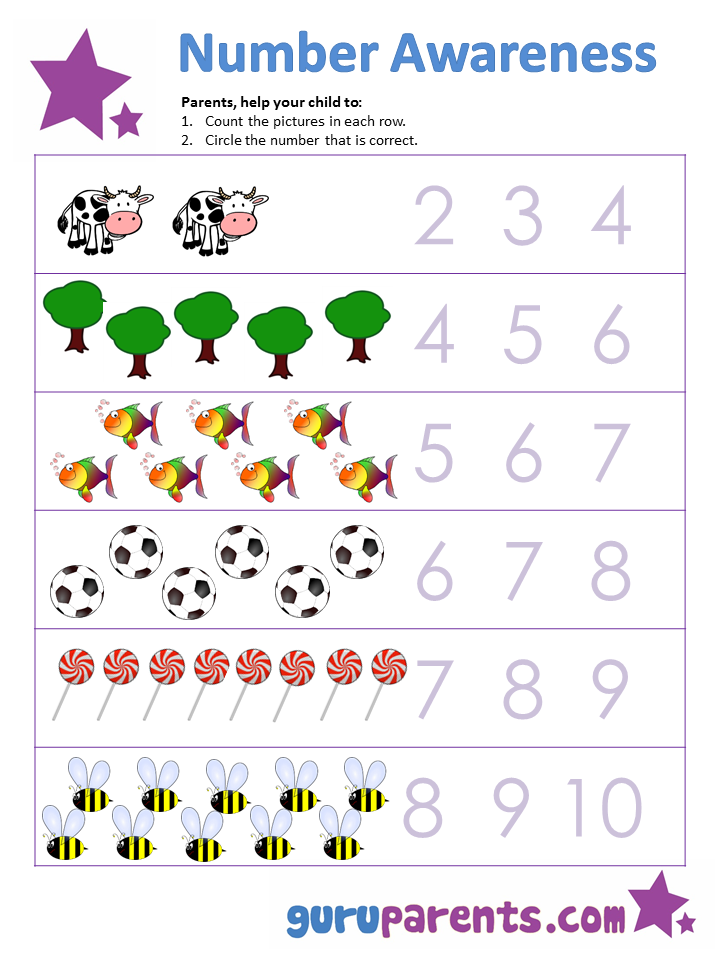 Have your child do the counting!
Have your child do the counting! - Count cars of a particular color while on the road, or semis, or vans, whatever suits their interest!
- Create a learning game with your ABC mat and number blocks. Choose a number block and pound the corresponding times with a hammer on the corresponding number mat!
- Let your child run an experiment and measure how much something holds! How many cups fit?
- Make puzzles with a picture. Label sections of the puzzle in numerical order. Cut apart and have your child put it back together again, from Growing in PreK.
- Use friendly animal crackers to practice counting and number recognition, like I Can Teach My Child.
- Measure objects (or yourself!) and count how big they are, from The Imagination Tree
- Count objects around the house. No Time For Flash Cards wants to know “How many doors do you have?”
- Play any board game, or make your own! Little Family Fun creates a fish race game!
- Count with LEGO! Do Play Learn likes to label a paper with numbers and count out the LEGO next to it.

- Snack time! Use dice and fruit snacks and play until you eat them all up, like Kids Activities Blog.
- Have a bean bag toss on the stairs, number them!
- new
- new
Counting Activities for Preschoolers
One to One Correspondence Activities for Preschoolers
Knowing your numbers is one thing and knowing how to count is another. But being able to put them into context that they each have meaning is done with one to one correspondence.
Get ready for preschool with 35 name activities!
I love these 12 number activities that help a preschool practice one to one correspondence.
- Head out into nature and explore flowers. Count and compare flower petals!
- Go on a hunt for a number and match it to its corresponding dots.
- Build towers of blocks on a number mat, with the correct number of blocks high!
- Spark your child’s interest with their interests! A farming approach of loading grain bins with the corresponding number of pieces of “grain.
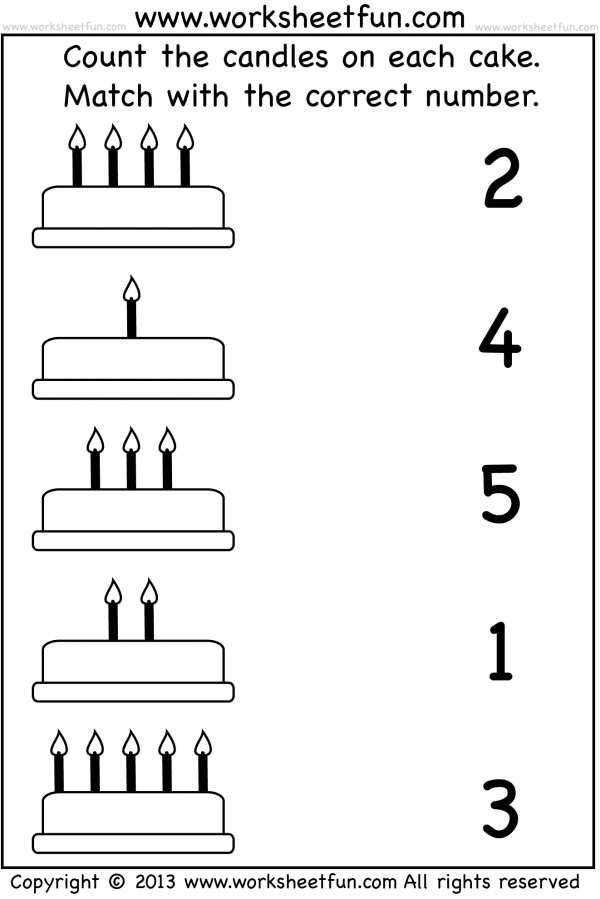 ”
” - Have a newspaper throwing game and count up the newspaper balls, or how many you make, or miss!
- Make something in the kitchen together, or do an experiment and let your child measure out and do the counting.
- Sort through objects by color, and count how many you have of each!
- Fill a dump truck with objects (like Dominoes!) and count how many you can fit in there, like Inspiration Laboratories.
- Estimate first for some fun and then count item, from Teach Preschool.
- Have a counting race in the front yard and pick dandelions in the process!
- Roll a die (or two!) and practice one to one correspondence as kids build towers with blocks.
- Use a dice and small objects (like pom poms or corn kernels) and count them and fill up a tray.
One to One Number Activities for Preschoolers
Counting and number books that will get preschoolers excited about numbers:
- The Baker’s Dozen: A Counting Book
- I Spy Numbers
- One Big Building: A Counting Book About Construction (Know Your Numbers)
Do you actively work on numbers and counting with your child? Share your favorite activities!
SHARE POST
About Jamie Reimer
Jamie learned to be a hands on mom by creating activities, crafts and art projects for her three boys to do.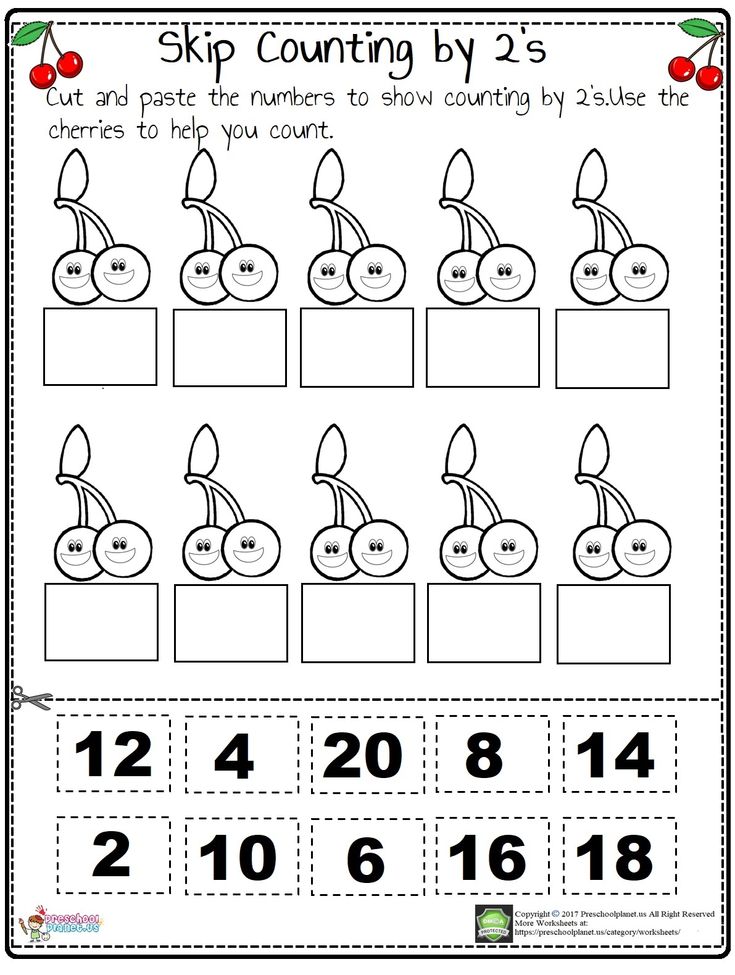 Jamie needed the creative outlet that activities provided to get through the early years of parenting with a smile! Follow Jamie on Pinterest and Instagram!
Jamie needed the creative outlet that activities provided to get through the early years of parenting with a smile! Follow Jamie on Pinterest and Instagram!
Reader Interactions
Activities that Hands-on Parents Absolutely Love
Children's mental counting table in pictures
This page contains a printable mental counting table for children. Children easily perceive counting up to 10 in the form of a table, as here they clearly see an increase in the number of pictures with each subsequent number. The table is suitable both for home use in order to teach counting to preschoolers, and as a didactic material for teachers in kindergartens and elementary schools.
Here you can download an archive containing a table of mental counting for children in two versions - with numbers from 1 to 10 and from 0 to 10. Print any of them (or two at once) on a color printer and use it in teaching with children . The table can be hung on the wall so that it is always in front of the child's eyes. So he can always return to it when he forgets the order of numbers or the number of objects in each number.
So he can always return to it when he forgets the order of numbers or the number of objects in each number.
Have a lesson with your child. Let him count each column and answer the question: What changes with each successive column? (Answer - 1 item is added). Just keep in mind that the child must make this observation himself, without your prompting! In the same way, let him think about what changes with each column if the items are counted from right to left (Answer - 1 item becomes less).
Download archive - Table of oral count - you can in attachments at the bottom of page
Table 1
Table 2
You can find similar tasks teaching counting up to 10 in other materials:
Counting up to 10 for preschool children
These tasks will make your numeracy lessons as effective as possible.
Count to 20 - Printable Picture Challenges
Count to 20 with fun printable puzzles! All you need is to choose any set of puzzles in pictures, download them as attachments and print them on a printer.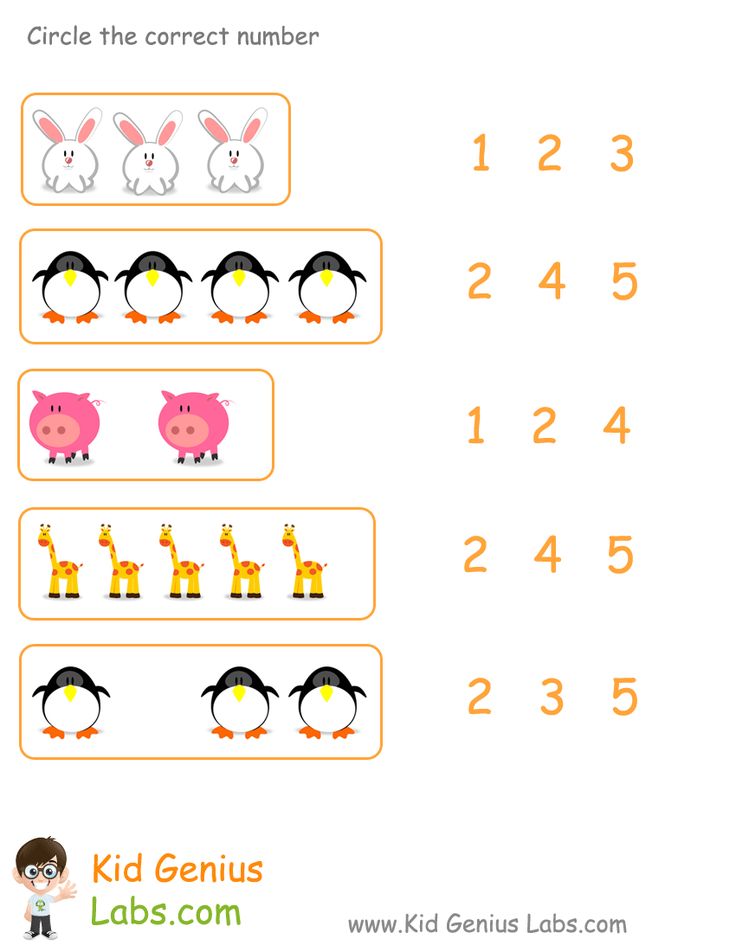
Mental counting within 10 - Pictures with tasks
In addition to the tables for teaching counting, you will also need our fun picture tasks. Among them you will find many different game tasks that will train your child's counting skills and instill a love of mathematics.
Coloring pages with tasks for counting within 10
So that children can learn counting within 10 quickly and with interest, we have prepared for you fun coloring pages with tasks. Each task contains pictures for coloring - this stimulates the child to complete the task correctly.
Coloring activities - Ordinal counting up to 10
In these interesting tasks, children will learn what ordinal counting up to 10 is. And those who are already familiar with this concept can show their knowledge with this exercise.
Counting up to 5 - Pictures with tasks for kids
Here we have posted for you counting up to 5 - pictures with math tasks for kids, thanks to which your children will practice not only their counting skills, but also the ability to read, write , distinguish geometric shapes, draw and color.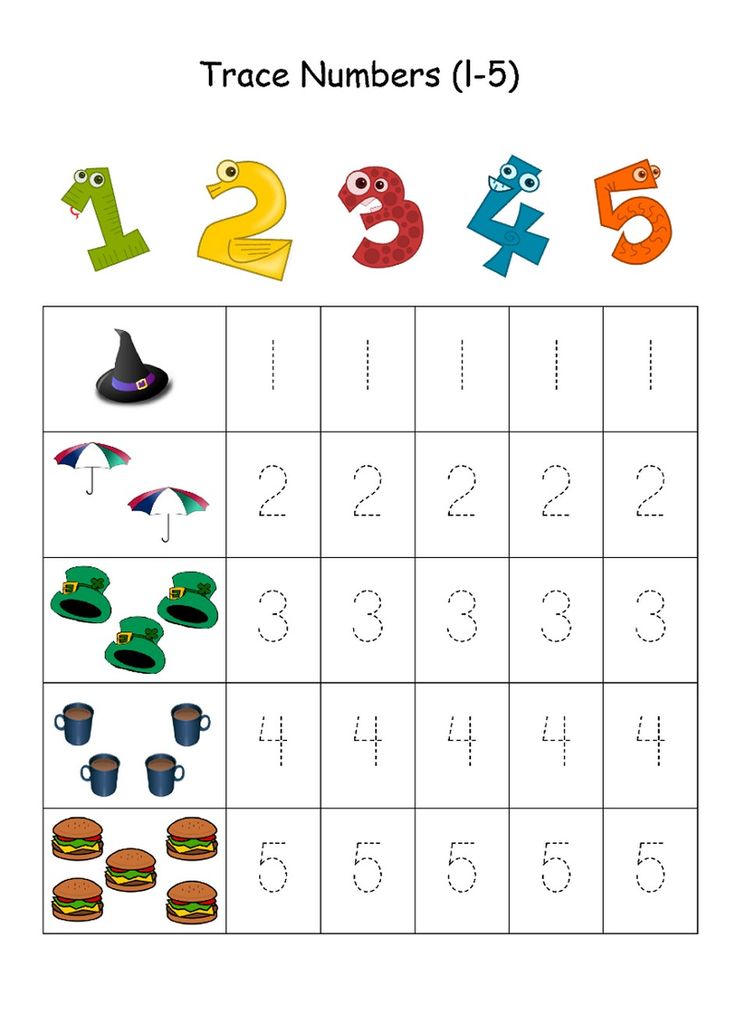
Printable numbers from 1 to 10 - Download and trace
It is also very important to teach children how to write numbers correctly. Here you will find a lot of different copybooks with game tasks up to 10, which will help children learn how to write numbers, count, find similarities and, of course, color funny pictures.
And also in developing mathematical games from Bibushi the fox:
Game "Counting from 1 to 10 - Count pictures and choose a number"
In this game, the kid has to count the number of items on the game screen and click on the corresponding number. After that, he will see and hear the ordinal count up to this number.
Game "Find the numbers in the picture" for kids from 4 years
Here the child needs to be attentive to find all the hidden numbers in the picture. The game also uses an ordinal score.
Math game "Find the largest and smallest number"
In this game, the child needs to choose the largest or smallest among the proposed numbers.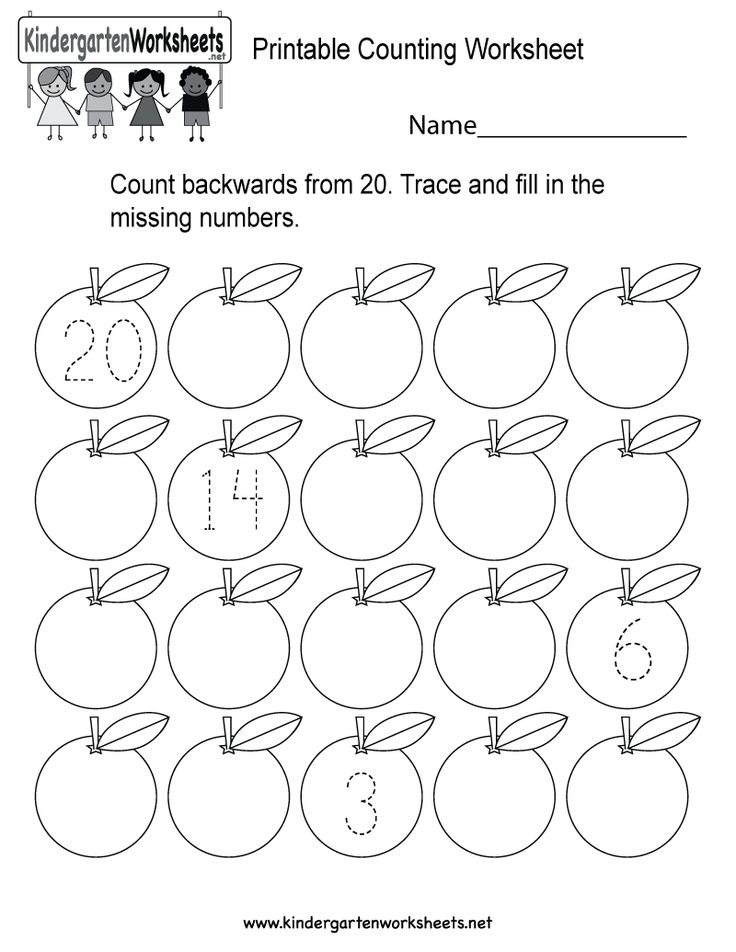 After the correct answer, he will hear the ordinal count up to this number.
After the correct answer, he will hear the ordinal count up to this number.
Game "Addition and subtraction up to 10" - Problems in pictures
We present to your attention another educational math game "Addition and subtraction up to 10" for young children from Bibushi Fox, in which the baby will be able to solve eight new problems counting up to 10.
Picture Problems for Toddlers
The online math game "Illustration Problems for Toddlers in Pictures" consists of eight problems and is suitable for children who are learning to count up to 10. In three levels of the game, the child will solve problems on subtraction, and in five - to add the given objects.
How to teach a child to count to 10, 20, 100
How to teach a child to count
Many children come to the first grade already with counting skills, so it is important for parents to teach them in advance. Today there are many techniques that make it interesting and fun.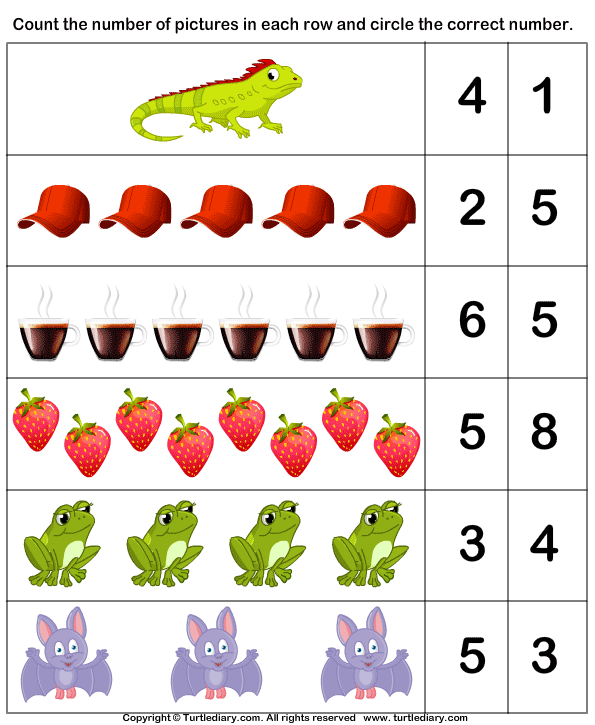
Do not impose learning to count, it should be easy: in the course of daily activities or play. Count familiar objects together, gradually complicating the tasks. For example, he easily visualizes two oranges or four plates, but hardly abstract sets.
When to teach your child to count
Most experts believe that the best time to teach kids to count is 3-5 years. It is at this age that the child begins to be interested in new things and learns to establish patterns between numbers. However, everything is very individual. If the baby is actively exploring the world and is interested in mathematics earlier, you can start learning from the age of 1.5.
What methods to use to teach counting
We have collected proven methods that allow you to do this in a playful way that is interesting for a child.
- Finger counting . The technique helps to understand how to teach a child to count to ten. It will be difficult for a baby to remember all the numbers at once, so you can start with five and focus on the fingers of one hand.
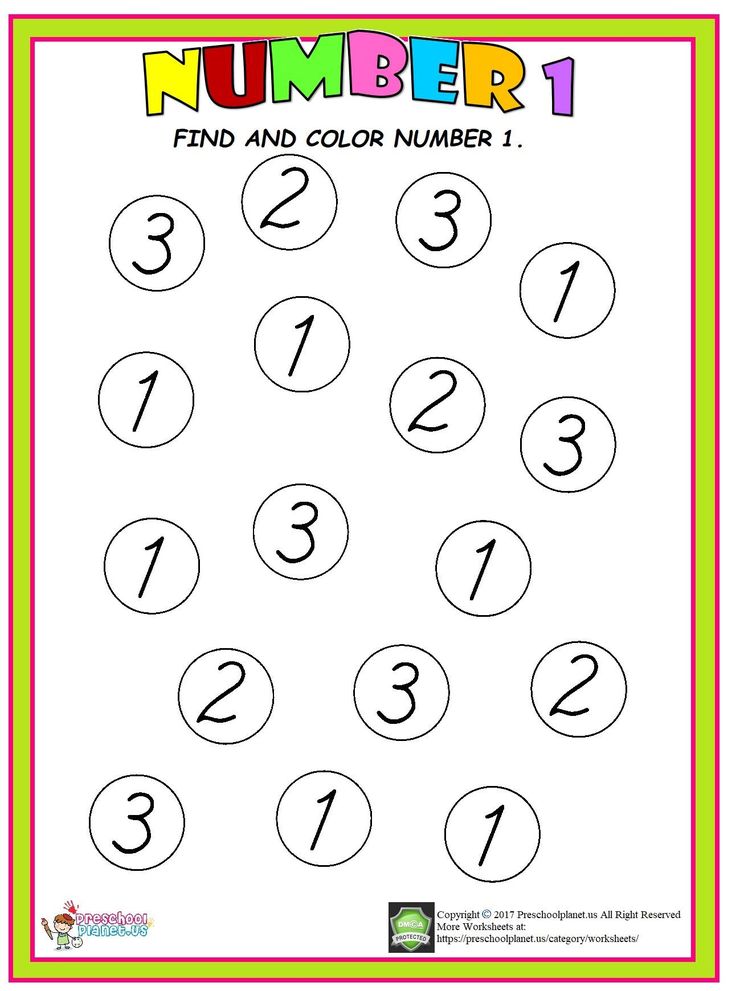 Introduce the child to their names, then connect the other hand. You can use finger games when one disappears or two or three fingers meet together.
Introduce the child to their names, then connect the other hand. You can use finger games when one disappears or two or three fingers meet together. - Use of learning cards and sticks . You can lay them out one by one on the table and name the numbers, then move one part of the sticks to the right and the other to the left and ask how many sticks are in each part.
- Number games . Teaching children to count can take place in a playful way. For example, the role-playing game "shop". You need to choose who will be the seller and who will be the buyer, and assign a currency. Selling or buying sweets and toys, the child will easily remember the numbers up to ten and even up to twenty.
- Montessori method . It's like playing shop. You can give the child different coins, for example, a ruble, two, five, and ask him to calculate the amount or change money.
- Doman method . The author recommends using cards with red dots for counting.
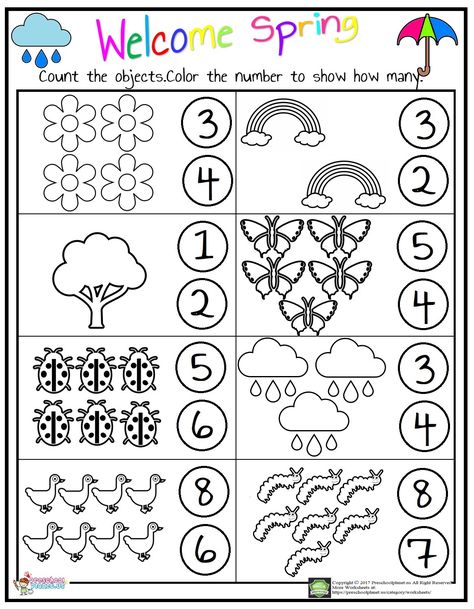 The color will attract the baby's attention.
The color will attract the baby's attention.
- Hundred Account . Nikolai Zaitsev suggests immediately showing numbers from 0 to 99. So the child will understand how many tens and units each number makes.
- Polyakov's method . You will need cubes, a box with compartments according to the number of cubes and numbers. First, one cube is taken, placed in a cell and the number 1 is placed next to it. And so on up to 100.
How to teach a child to count to 20
To teach a child to count to 20, use two pairs of hands yours and his own. You can also use cubes, cards, sticks or draw dashes - whatever comes to mind. Such an account is given as easily as up to 10. At this stage, the child needs to understand the composition of the number.
<>
How to teach a child to count up to 100
Tell your child that there are only nine tens, then name each tens: ten, twenty, thirty, and so on.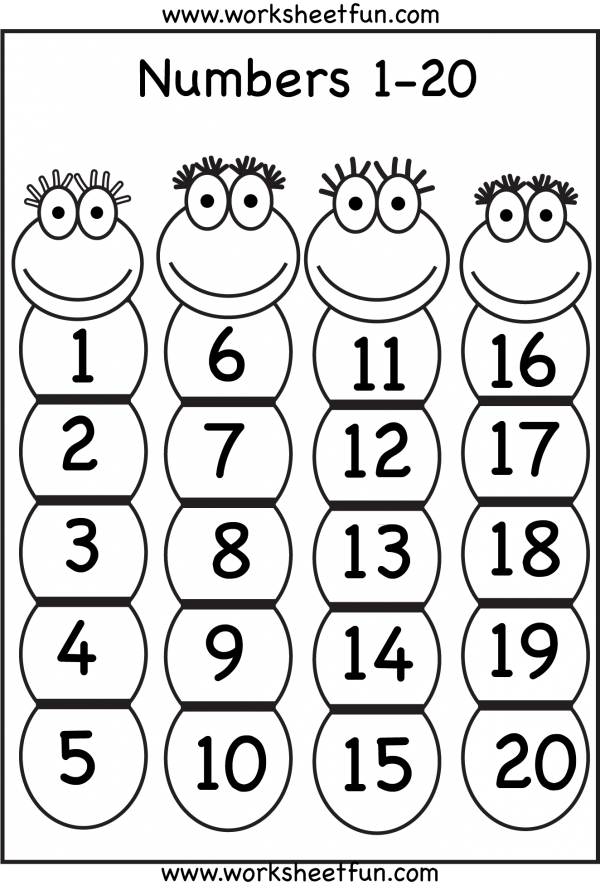 Invite him to memorize 10 new digits of each ten every day. At the end of the day, ask what the child remembers and repeat what they have learned on other days. To simplify repetition, you can count the objects that are in front of you. After the child has mastered the tens, invite him to play a game: write a series of numbers with tens and skip one number in the middle. Ask your child to complete the pass.
Invite him to memorize 10 new digits of each ten every day. At the end of the day, ask what the child remembers and repeat what they have learned on other days. To simplify repetition, you can count the objects that are in front of you. After the child has mastered the tens, invite him to play a game: write a series of numbers with tens and skip one number in the middle. Ask your child to complete the pass.
<
You can also use Glen Doman's method. First, the child needs to be shown cards with no more than five dots, then increase their number to 20, 50, and then up to 100. This method will also help train visual memory.
It is important to draw the child's attention to the numbers from 11 to 19, as they are called differently from the rest.
Source: freepik.com
How to teach your child to add and subtract
To teach a child to solve examples, visualization is needed again. Bend and bend your fingers, remove and take out sweets.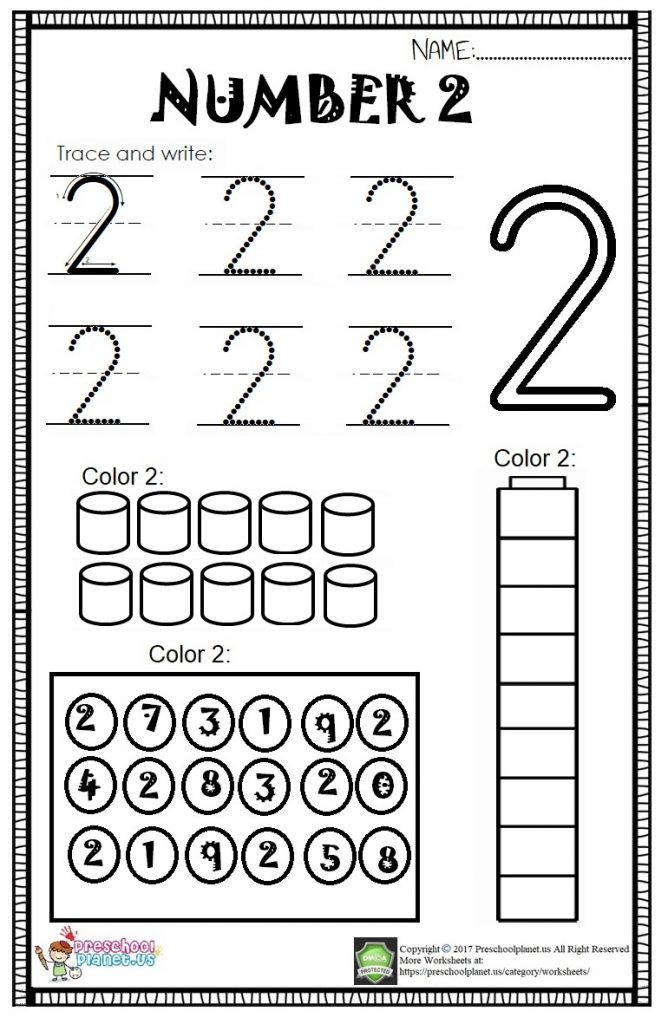
Addition and subtraction are reciprocal operations. This connection needs to be conveyed to the child. That is, to demonstrate that 2+1 = 3 is the same as 3−1 = 2 and 3−2 = 1. If the child has mastered the principle, there will be no problems with other numbers.
To teach your child to add and subtract within 20, you need a number line. For example, 5+3. We find the number 3 on the beam and take five steps to the right. You can do the same with your fingers. So you can teach to count with the transition through a dozen and without.
Actions with passing through a dozen have a peculiarity: you need to know the composition of a number and a pair of numbers that together form a ten (1 and 9, 2 and 8, 3 and 7, 4 and 6, 5 and 5). For example, 7+6. Seven to ten lacks three, that is, it turns out 7 + 3 + unknown. The six gave away three to ten, which means that there are still three left. Then it turns out: 7+3+3.
How to teach a child to count in columns
Explain that in addition and subtraction, all actions are performed in digits: tens with tens, ones with ones.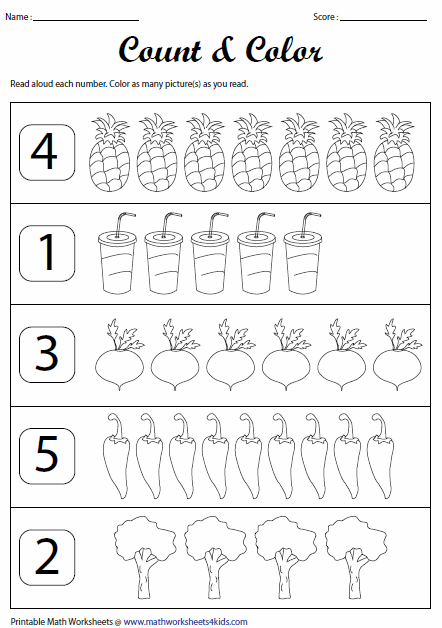 For example, 31 + 12: a three is added to a unit, a unit to a two.
For example, 31 + 12: a three is added to a unit, a unit to a two.
To simplify, you can do training exercises - for example, write numbers under each other. Number 6 at the bottom, 12 at the top. It is important to explain to the child that six should be under the number 2, not 1, as it refers to units.
Start with simple examples, where numbers add up to a number less than 10. Then you can move on to examples with a transition through ten: for example, 25 + 16. 5 + 6 add up to 11. Then we write the unit from 11 under the line, and we remember the unit as a ten. When we add the tens, we get 2 + 1 and another +1, which we kept in our heads.
In the case of subtraction, you should also start with simple examples, gradually moving on to more complex ones. For example: 25-16, in the column where there are ones, 5 less than 6, explain to the child that in this case we kind of “borrow” a unit from tens.
For convenience, you can use the symbols that are marked in blue in the figure. In the first case, a ten is added, in the second, a dot serves as a reminder of a “busy” ten.
In the first case, a ten is added, in the second, a dot serves as a reminder of a “busy” ten.
Counting games and exercises
Lego
Build towers with a certain number of blocks to teach your child to count. Later Lego will be needed in the development of fractions.
Fairy tales
Read to your child passages from fairy tales that contain numbers. He needs to clap as soon as he hears them.
Coloring pages with examples
You can teach your child to add and subtract through coloring pages, where an example is written in each cell, solving which the child will recognize the color.
Board game "Strawberry paths"
There are two types of cards in the game: "Picking berries" and "Sharing berries". In the first case, you need to string a certain amount on your thread, and in the second, subtract, that is, give away. In the process, you need to count the berries and compare.
Dominoes with numbers
The principle is the same as with pictures.